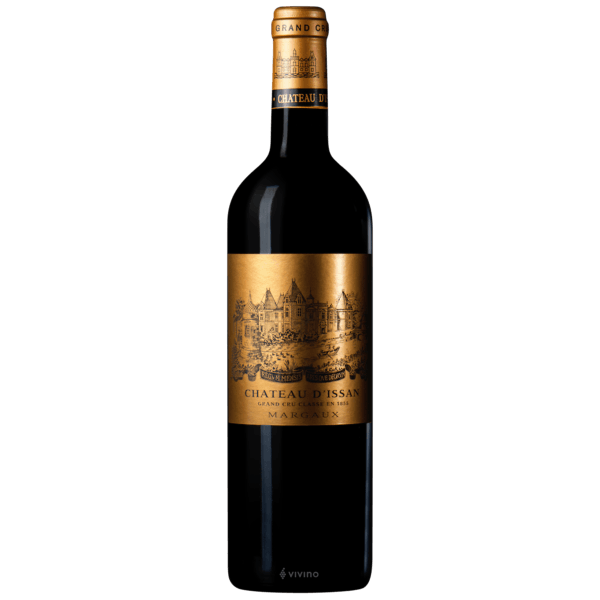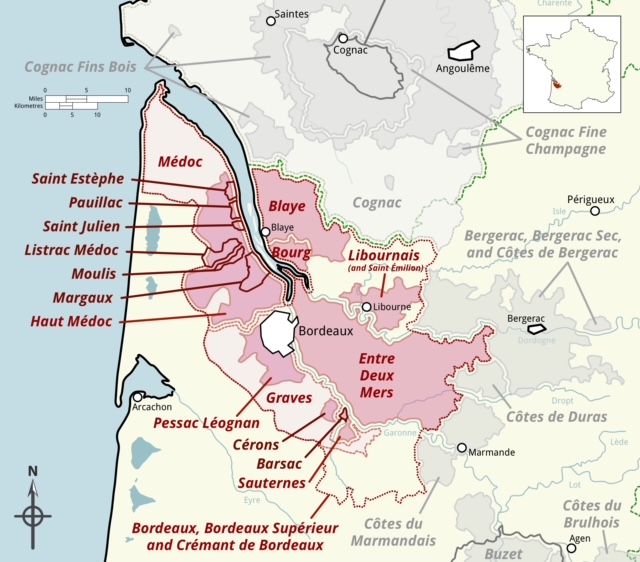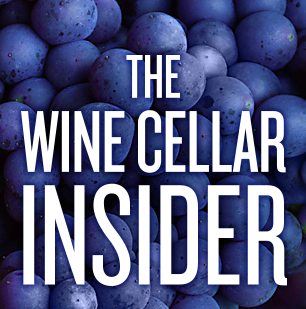The history of Château d’Issan consists primarily of a long list of property transmissions and legacies.
Over a period of nearly three centuries, the estate was passed down along a line involving a number of families with names such as Noailhan, Meyrac, Ségur, Salignac, de la Vergne, Escodeca de Boisse, etc. From 1575 onwards, the property was owned by five generations of the Essenault family, who ended up renaming it, contracting their name to “Issan” and thus Château d’Issan was born.
Château d’Issan did not need the famous 1855 classification distinguishing it as a 3rd Grand Cru Classé to establish its reputation. This was already made back in the 12th century, when it was reported to have been served at the wedding of Eleanor of Aquitaine and Henri Plantagenet, future King of England on 18th May 1152.
Having belonged to the Foix de Candale family, which had to abandon it during the French Revolution, Château d’Issan had owners, who became more and more committed to shaping the property’s destiny. In 1824, Jean-Baptiste Duluc took over the estate and launched a series of projects to improve the vineyard, before selling it to the Blanchy family. In 1866, Gustave Roy settled as head of Château d’Issan: he had the first gravity-fed cellars built and undertook most importantly to replant the vineyard that had been devastated by phylloxera..
During the period between the two World Wars, the estate was unfortunately left to deteriorate, but was reawakened by the Cruse family, owners since 1945. Under the management of Lionel Cruse, the chateau has been restored, the installations modified and the vineyard replanted. Since 1998, as a result of investments made by Lionel’s son Emmanuel Cruse in the vines and cellars, Château d’Issan wines have become even more a faithful reflection of their exclusive terroir.
In 2012, Françoise and Jacky Lorenzetti, who also own Château Lilian Ladouys in Saint-Estèphe and Château Pedesclaux in Pauillac, joined forces with the Cruse family. With tenacity, passion and courage, the different generations have worked to achieve the renewal of Château d’Issan, which has regained its former glory.
Château d’Issan is a Third Growth of the 1855 Imperial Classification. The wine is made from the old vines in the Château d’Issan enclosure in the middle of the Margaux appellation. The soil here is mainly made up of surface gravel on top of a clay subsoil, which contributes to optimal ripeness and freshness in our two grape varieties, Cabernet Sauvignon and Merlot.
Château d’Issan expresses the exquisite bouquet so characteristic of Margaux, and stands out with its suppleness, subtlety, elegance and long keeping potential that come from its unique terroir. Château d’Issan is aged in barrels for 16 to 18 months, half of which are new. Annual production is around 100,000 bottles.
Beautiful violet and lilac-tinted edging to the colour, a promising sign of a vibrant, balanced wine, and it absolutely delivers on the palate. This is so fresh and uplifting, it has fruit intensity balanced with a perfumed elegance. Over 80% of the vines at Issan are at least 20 years old, and many much older, so they coped very well with the dry summer. This is a lovely classic Margaux, sculpted with a core of fine tannins that promise excellent ageing. 64% Cabernet Sauvignon and 36% Merlot. Blending was finished in late January with consultant Eric Boissenot.
Jane Anson, JaneAnson.com, September 2017
Awards:
94 Jane Anson
97 James Suckling
92 Jeb Dunnuck
91 Robert Parker
16+/20 Jancis Robinson
VIVINO 4.3






